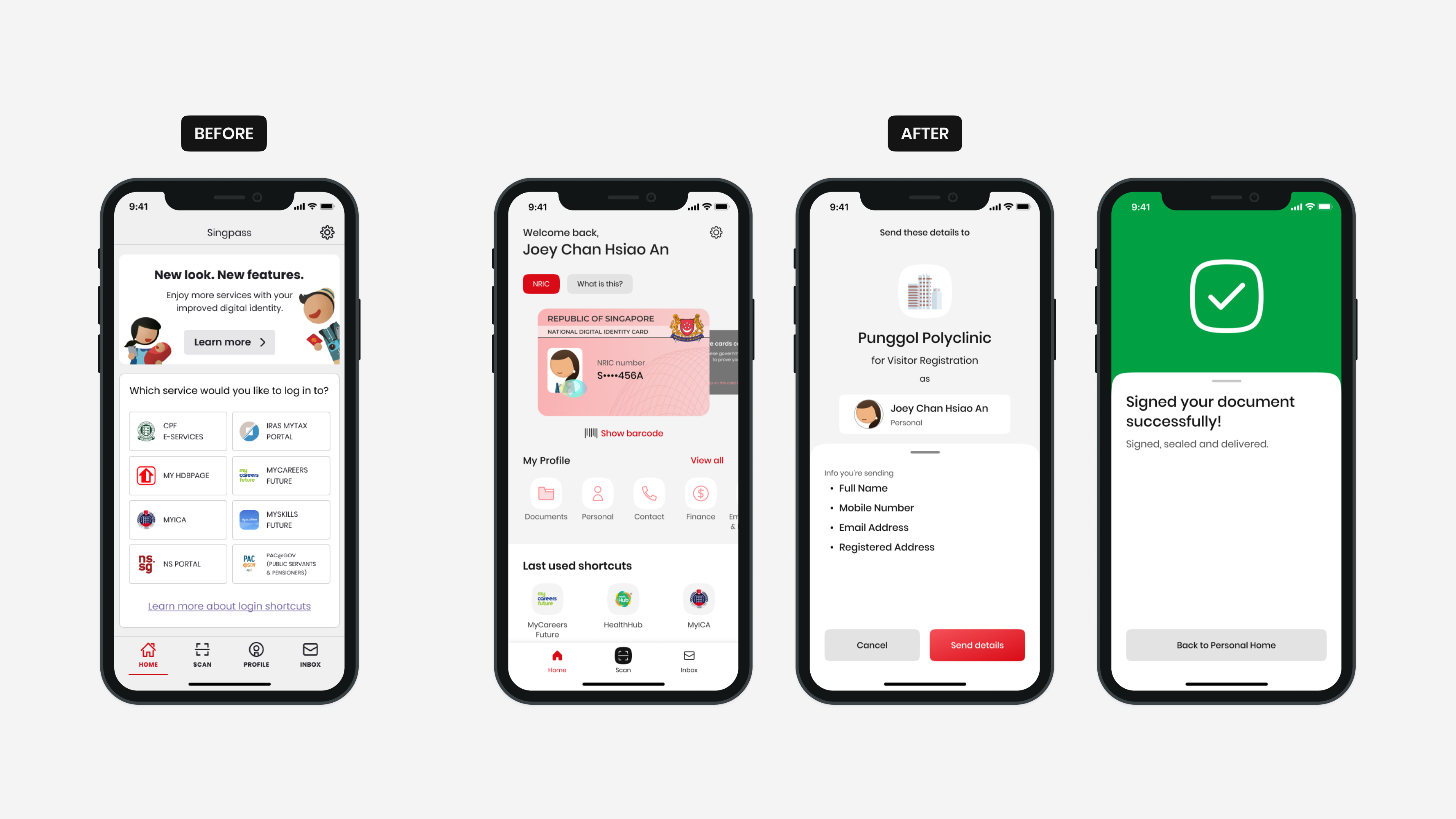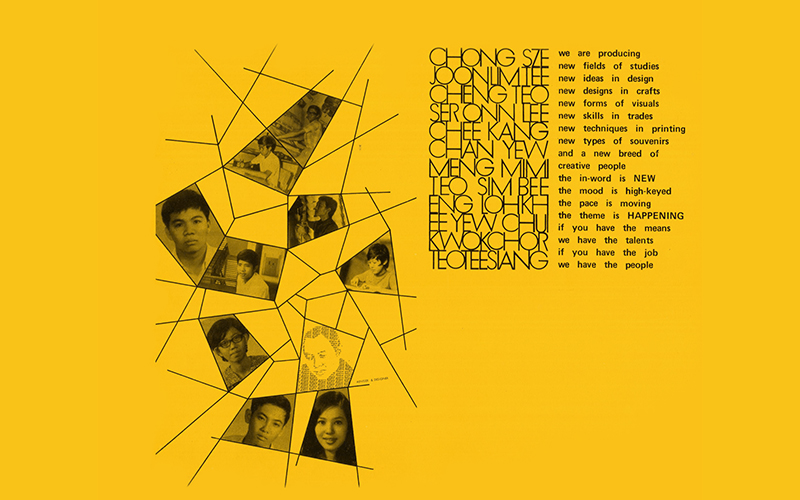The new Singpass reframes the app’s role as Singapore’s trusted digital identity platform while allowing space for its future expansion.
 Every Singaporean and resident holds an identity card as proof of one’s citizenship and identity. Now, they can also have a digital version on their smartphones by downloading the Singpass app.
Every Singaporean and resident holds an identity card as proof of one’s citizenship and identity. Now, they can also have a digital version on their smartphones by downloading the Singpass app.
While this Digital Identity Card (IC) was introduced in Singapore’s national digital identity app in May 2020, few of its then over 2.5 million users knew of its existence then. Singpass had also been associated with simply authenticating and logging into government services online. However, the service set up by the Singapore government in 2003 had always been conceived as a national digital identity platform.
With the rebranding of Singpass in early 2021 to mark its evolution of becoming Singapore’s trusted national digital identity, the designers at Government Technology Agency (GovTech) decided it was timely to redesign the app.
➜ Read the full story on GovTech’s National Digital Identity Medium account

 The now-defunct Baharuddin Vocational Institute was Singapore’s first formal school for design. Justin Zhuang looks at how the institute laid the foundation for the design industry here.
The now-defunct Baharuddin Vocational Institute was Singapore’s first formal school for design. Justin Zhuang looks at how the institute laid the foundation for the design industry here.